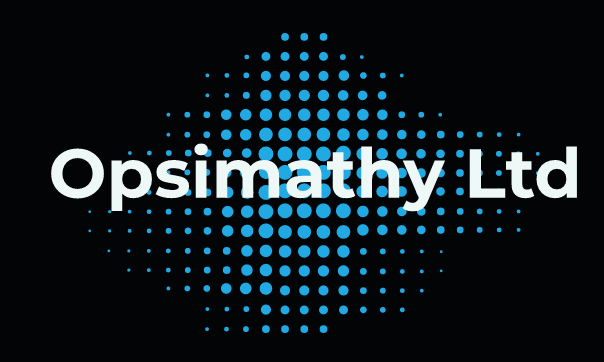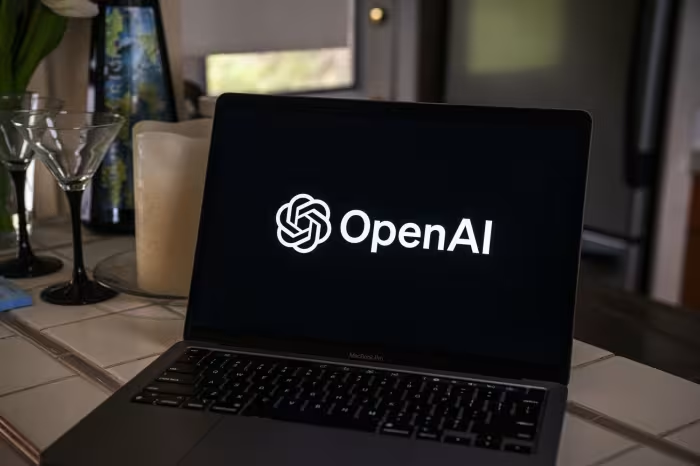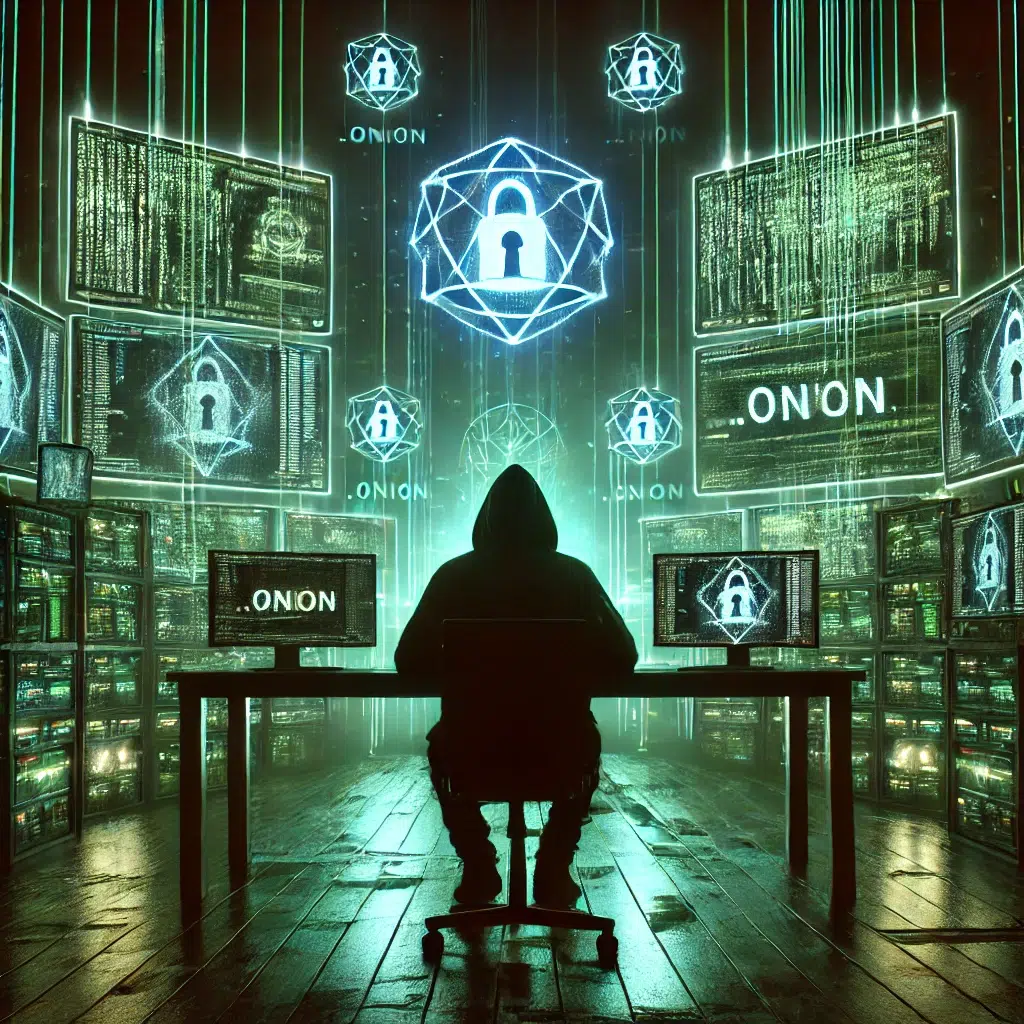
Digital Forensic Recovery of CCTV Footage
CCTV footage can be crucial evidence in criminal investigations, insurance claims, and civil disputes. To ensure its integrity and admissibility in court, CCTV footage must be recovered, analysed, and verified using a structured digital forensic approach.
1. Understanding CCTV Systems
CCTV systems vary widely in storage, file formats, and security measures. Common types include:
- Standalone DVR/NVR Systems – Store footage on internal/external hard drives or SD cards.
- IP Cameras – Footage is stored on local network-attached storage (NAS), cloud services, or the camera itself.
- Cloud-Based CCTV – Footage is stored remotely, often requiring provider cooperation for access.
Before starting forensic recovery, identify:
- The type of system in use.
- The storage medium (HDD, SD card, USB, cloud).
- Whether the footage is encrypted or proprietary.
2. Forensic Collection of CCTV Footage
A. Live Recovery (When System is Functional)
If the CCTV system is operational, footage should be extracted in a forensically sound manner:
- Use the System’s Export Function – Most DVR/NVR devices allow footage to be exported via USB, network transfer, or cloud download.
- Export in Original Format – Avoid converting to standard formats like MP4, as this can alter metadata and degrade forensic value.
- Capture Metadata – Note timestamps, frame rates, resolution, and compression settings.
- Document Extraction Process – Take screenshots or videos of the export process, noting system time and settings.
B. Forensic Imaging of Storage Media (If Direct Export Fails)
If footage cannot be extracted through normal means, forensic imaging of the storage device may be necessary:
- Clone the Hard Drive – Use tools like Guymager, FTK Imager, or dd to create a bit-for-bit forensic copy.
- Write Protection – Use a hardware write blocker to prevent altering the data.
- Hashing – Compute MD5/SHA-1 hashes before and after imaging to ensure integrity.
C. Cloud or Network-Based Footage
- If footage is stored on a cloud service, you may need legal authority (warrant, consent, GDPR request) to access it.
- Network forensics may be required to trace deleted or live-streamed video.
3. Recovery of Deleted CCTV Footage
Even if footage appears deleted, it may still be recoverable:
A. Data Recovery from HDD/SD Cards
- Use forensic tools like Autopsy, X-Ways, or EnCase to scan for deleted video files.
- File carving techniques (e.g., Scalpel, Foremost) can extract fragments of lost video.
- Look for proprietary file extensions (.dav, .h264, .dat) and examine system logs for deletion records.
B. Checking for Fragmentation
- Some CCTV systems overwrite old footage in a circular buffer.
- Recovering overwritten footage is nearly impossible, but fragments may exist in unallocated disk space.
C. Analysing RAM and Network Traffic
- If the system runs, volatile memory (RAM) analysis might reveal recently viewed or buffered footage.
- Packet captures (Wireshark) may contain video streams from IP cameras.
4. Authenticating CCTV Footage
For court admissibility, video authenticity must be verified:
A. Metadata Analysis
- Check timestamps, camera settings, and GPS data.
- Use forensic tools like ExifTool or Amped FIVE to extract metadata.
B. Hashing and Chain of Custody
- Generate cryptographic hashes (MD5/SHA-256) before and after analysis to ensure integrity.
- Maintain a transparent chain of custody log.
C. Detecting Tampering
- Frame-by-frame analysis can detect inconsistencies.
- Tools like Amped Authenticate or Adobe Photoshop Forensic Plugins help identify alterations.
5. Legal Considerations
- Ensure compliance with GDPR, DPA 2018, and local privacy laws before accessing CCTV footage.
- Obtain legal authority (warrants, consent, or court orders) for private or cloud-stored footage.
- Maintain a detailed forensic report documenting all steps taken.
6. Tools for CCTV Forensics
| Tool | Function |
|---|---|
| Guymager | Forensic imaging of HDDs and SD cards |
| FTK Imager | Live preview and forensic imaging |
| Autopsy | File recovery and forensic analysis |
| Scalpel/Foremost | File carving for deleted video |
| ExifTool | Extracting metadata from video files |
| Wireshark | Network packet capture of IP camera feeds |
| Amped FIVE | Video enhancement and authentication |
| VLC Media Player | Playback of proprietary video formats |
Conclusion
Recovering CCTV footage requires careful forensic handling to preserve its integrity. Following best extraction, imaging, recovery, and authentication practices ensures that video evidence remains admissible in legal proceedings.
Tools for Digital Forensic Recovery of CCTV Footage:
- DVR Examiner: A software solution that allows forensic investigators to access and recover video and metadata from CCTV DVRs, even if the data has been deleted or the DVR is non-functional.
- Disklabs Forensic Data Recovery: Disklabs offers forensic data recovery services, extracting data from damaged or corrupted storage devices, including those used in CCTV systems.
disklabs.com - DiskInternals DVR Recovery™: A tool designed to recover video recordings directly from CCTV DVR hard drives or SD cards, bypassing system passwords and supporting various DVR brands.
diskinternals.com
News Reports on Digital Forensic Recovery of CCTV Footage:
- “The Role of Digital Forensics in the Sarah Everard Investigation”: This article discusses how digital forensics, including the analysis of CCTV footage, played a crucial role in the investigation of Sarah Everard’s case.
bcu.ac.uk - “The Challenges, Risks of CCTV in Murder Investigations”: An exploration of how CCTV footage is utilised in murder investigations, highlighting both its benefits and potential pitfalls.
forensicmag.com
These resources provide insights into the tools to recover CCTV footage and the real-world applications of digital forensics in investigations.
Here are some UK-based companies that specialise in CCTV data recovery:
- Ontrack: Ontrack is a global leader in data recovery services, offering specialised solutions for CCTV/DVR systems. They can recover data from various issues, including accidental deletion, formatted HDDs, and physical damage.
ontrack.com - Data Clinic: Data Clinic provides expert recovery services for DVR and NVR CCTV systems. They specialise in retrieving images from damaged systems and offer video and audio enhancement services.
dataclinic.co.uk - Forensic Access: Forensic Access offers digital forensic services, including specialised CCTV analysis. They assist in the recovery and analysis of CCTV footage for investigative purposes.
These companies have extensive experience handling various CCTV data loss scenarios and can assist in recovering critical footage.



